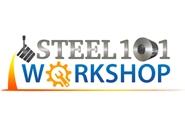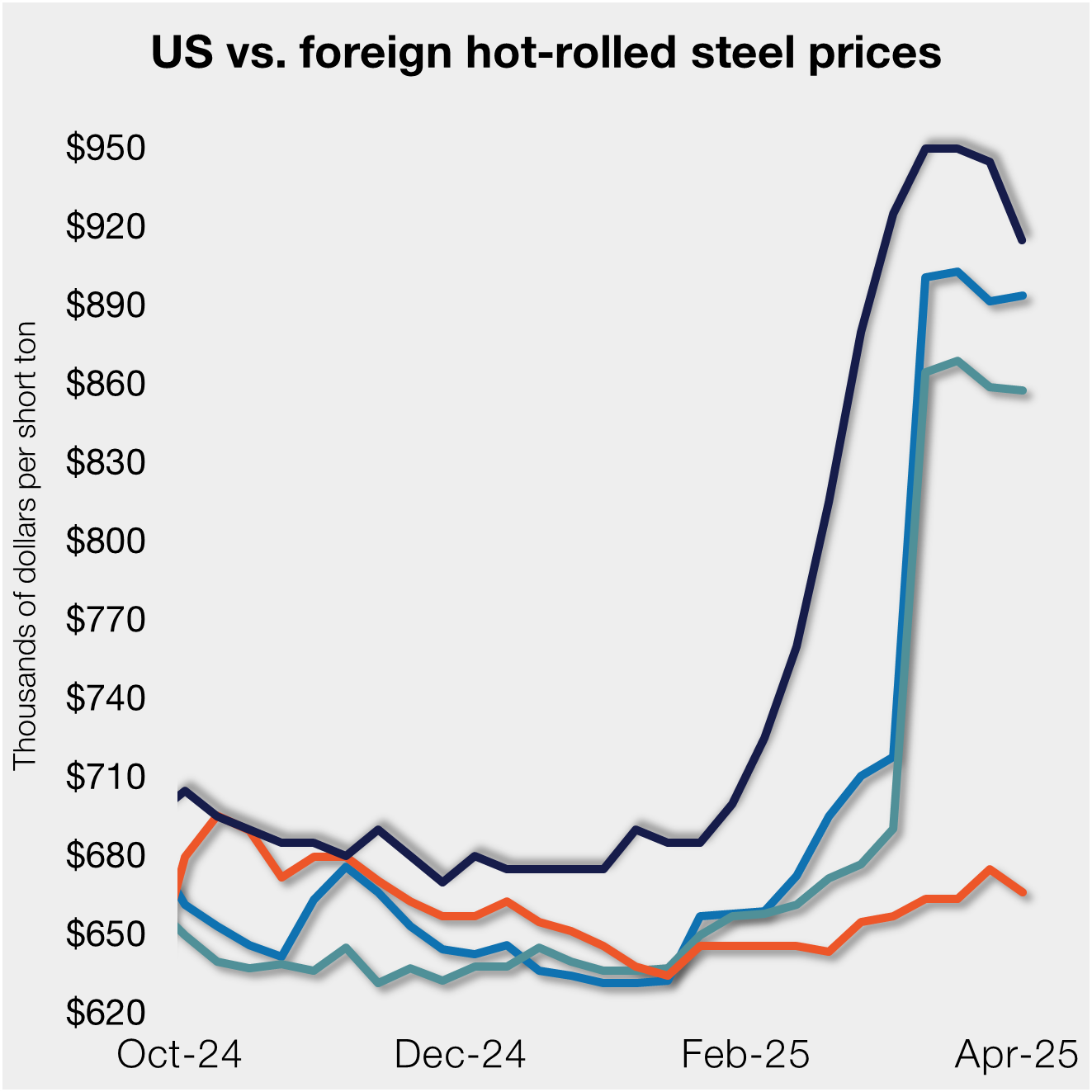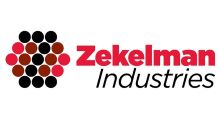Steel Products

Steel 101: Not Just for the Uninitiated
Written by Tim Triplett
October 9, 2017
No one who has ever toured a steel mill will ever forget it. The sight of the molten metal, and the heat that hits you in the face even from a safe distance away, is both frightening and fascinating.
Forty mostly young executives experienced steelmaking firsthand as students in Steel Market Update’s latest Steel 101 workshop last week in Fort Wayne, Ind. I was one of them. I have visited many steel mills and service centers in my 20 years of reporting on the metals industry, but as a new staffer with SMU this was my first experience with Steel 101. It was a great way to refresh my knowledge of steelmaking and steel marketing and to add a deeper depth to my understanding of the global steel trade. Thanks to Steel Dynamics and Paragon Steel for being such congenial hosts and allowing the group to tour their Butler, Ind., flat roll mill and service center.
![]() I can’t count the number of times I’ve heard the head of some steel company appeal for greater diversity in hiring and the urgent need for a better trained and educated workforce. So, it was refreshing to see that women made up nearly half of the ethnically diverse class. Some of the students, both male and female, hold jobs directly involved with the buying and selling of steel products, but others are employed in support functions such as accounting, IT or human resources. Kudos to their employers for recognizing that every employee should have a basic knowledge and appreciation for the core mission of the companies where they work.
I can’t count the number of times I’ve heard the head of some steel company appeal for greater diversity in hiring and the urgent need for a better trained and educated workforce. So, it was refreshing to see that women made up nearly half of the ethnically diverse class. Some of the students, both male and female, hold jobs directly involved with the buying and selling of steel products, but others are employed in support functions such as accounting, IT or human resources. Kudos to their employers for recognizing that every employee should have a basic knowledge and appreciation for the core mission of the companies where they work.
Steel Market Update Publisher John Packard has assembled an impressive crew of steel industry veterans as instructors. They walked the class through the differences between a blast furnace/basic oxygen furnace (BOF) that the integrated mills use to turn iron ore and coking coal into molten iron vs. the electric arc furnace or EAF that minimills use to melt scrap along with pig iron and possibly DRI into recycled steel. Students learned not only how the two processes are used to produce steel, but their relative advantages and disadvantages and the costs associated with each process that ultimately factor into finished steel prices.
I found the workshop’s marketing tips particularly insightful. When it comes to the art of the deal in steel, SMU’s instructors are aficionados. For example, steel can be purchased on the spot market or on contract. Contract prices are usually based on an industry index that allows the buyer to secure longer-term pricing, which periodically adjusts with the market. As the instructors pointed out, there is generally a lag between changes in the spot market price and the contract price that is tied to an index. Depending on the timing of the price cycle, the lag potentially offers the steel buyer an opportunity. If he sees the index pricing moving up, he can increase purchases ahead of the coming price increase. Or if prices are trending down, he can slow orders to take advantage of the coming price decrease. However, over time, if buyers consistently stay true to their contracts, the net result will even out with the spot market.
As Packard told the group, “In steel, everything is negotiable” and markets can (and do) change direction for a wide variety of reasons. Understanding the reasons and how to react to them gives steel buyers a greater chance for success.
SMU is now accepting registrations for the next Steel 101 workshop to be held Jan. 24-25 in Mobile, Ala., including a tour of SSAB’s Mobile minimill. Class size is limited. For more information, click here.
Written by Tim Triplett – Tim@SteelMarketUpdate.com

Tim Triplett
Read more from Tim TriplettLatest in Steel Products

Don’t miss next week’s Community Chat with Algoma Steel CEO Michael Garcia
Algoma Steel CEO Michael Garcia will be the featured guest on SMU’s Community Chat webinar on Wednesday, April 9, at 11 a.m. ET. Register here for free to join the timely conversation. As a key Canadian flat-rolled steel producer and supplier to the US, Algoma can offer valuable insight into the evolving tariff landscape — its challenges […]

AISI: US steel shipments decline in February
Domestic steel shipments decreased month over month and year on year in February, according to the latest data from the American Iron and Steel Institute (AISI).

US, offshore HRC prices differ widely on tariff situation
Domestic hot-rolled (HR) coil prices declined this week, a trend again reflected in most offshore markets. Despite similarities, the shifting tariff landscape has made for a wild ride in Q1.

Atlas Tube debuts ‘HSS Connections Hub’
Atlas Tube, part of Zekelman Industries, has introduced an engineering resource aimed at simplifying Hollow Structural Sections (HSS) connection design for structural engineers and fabricators.

Nucor keeps HRC price unchanged
Nucor paused its weekly hot-rolled (HR) coil price this week, keeping it flat for the first time since Jan. 21. This comes after a nine-week rally that saw the company increase prices by double-digits for eight of those weeks.
